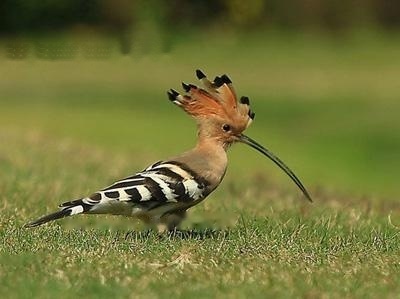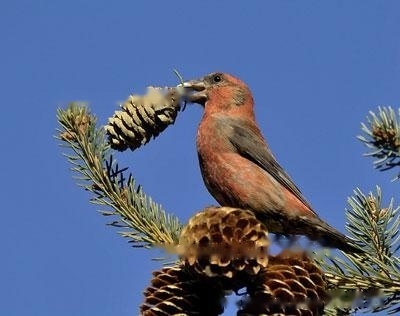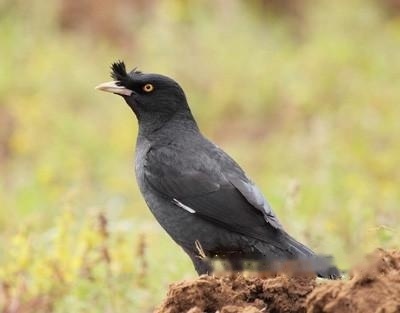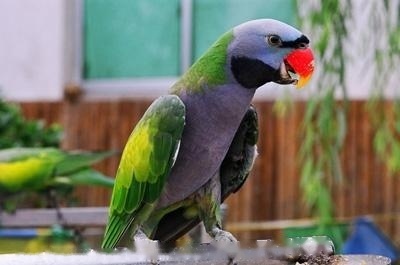The male goldfinch has an eye first, gray-black around the eyes, forehead, cheeks, and ear coverts , The eyebrow area and the head side are brownish gray with straw yellow, the top of the head, pillow to the back of the neck is grayish brown, and the feather tips are yellowish green. The inner coverts on the back, shoulders and wings are dark chestnut brown, the feather margins are slightly stained with yellow-green, and the waist is golden-yellow-green. The short tail coverts are also greenish-yellow, the long tail coverts are gray with yellowish green, the central tail feathers are dark brown, the base is yellow, the feather edge and tip are gray-white, the rest of the tail is bright yellow at the base, dark brown at the end, and outer feathers Edge grayish white. The small and middle coverts on the wings are the same color as the back, the large coverts are also similar in color to the back, but slightly lighter, the primary coverts are black, and the small wing feathers are also black, but the base and outer feathers are green and yellow, and the wing horns are bright yellow. . The primary flight feathers are dark brown, the tip is gray-white, the base is bright yellow, and a large yellow wing spot is formed on the wings. Cheeks, chin and throat olive yellow, chest and flanks chestnut brown stained with greenish yellow or dirty brown and gray, lower chest and center of abdomen bright yellow, lower abdomen to perianal gray, bright yellow undertail coverts, underwing coverts and axilla The feathers are also bright yellow.
The female bird is similar to the male bird, but the plumage is darker, with dark vertical stripes on the top of the head to the back of the neck. The upper body is less golden yellow and more brown, and the waist is light brown and yellow-green. The underparts are also less yellow, only slightly yellowish and not as bright as the males.
The juveniles are similar to the females, but the plumage is lighter. The upper body is light brown with obvious dark vertical stripes, and the lower body yellow also has brown vertical stripes.
Iris chestnut brown, mouth yellowish brown or flesh yellow, feet light brown or grayish red.
Size measurement: body weight ♂15-22g, ♀15-21g; body length ♂116-145mm, ♀119-140mm; mouth peak ♂10-12mm, ♀9.5-12mm; wings ♂75-81mm , ♀73.2-82mm; tail ♂42-55mm, ♀43-54mm; ♂14-17mm, ♀14-17.5mm.




